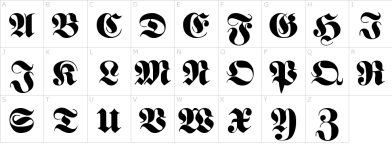The 8x57 has gone through a couple of bore diameters as well as a few aliases. The original bore diameter for the 8x57—prior to 1905—was .318”, and it came to be known as the “J” bore.There are two versions of the 8x57mm Mauser cartridge. The original version of this cartridge, the 8x57mm (J), was designed for use with .318” diameter bullets. Funny enough, that “J” bore is a misnomer; the name is derived from U.S Army intelligence at the end of World War I, and an ornate letter “I”—for Infanterie—was mistaken for a “J”, but the name stuck, even throughout Europe. In 1905, the German Army adopted the “S” bore, this time indicating the lighter spitzer bullet used in the revised loading. The new bore diameter was, and still is .323”, and became the standard diameter for all 8mm cartridges to this day.



